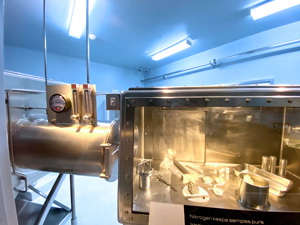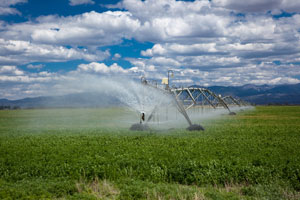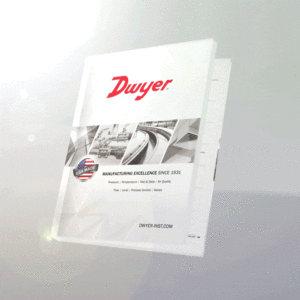 The summer is always a busy time for our team, as we check and double check the formatting and information of our annual instrumentation catalog. Now that autumn is here, we’re proud to announce that the new Dwyer Catalog is now available! Continue reading “The New Catalog is Available… Get Yours Today!”
The summer is always a busy time for our team, as we check and double check the formatting and information of our annual instrumentation catalog. Now that autumn is here, we’re proud to announce that the new Dwyer Catalog is now available! Continue reading “The New Catalog is Available… Get Yours Today!”
Clean and Safe Water Totalization
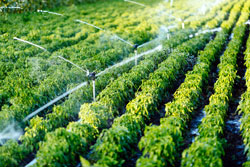 Question: I own a farm and would like to monitor how much water is being used in a safe, lead-free way; how do you recommend accomplishing this? Continue reading “Clean and Safe Water Totalization”
Question: I own a farm and would like to monitor how much water is being used in a safe, lead-free way; how do you recommend accomplishing this? Continue reading “Clean and Safe Water Totalization”
Meet with Us at Capital-MarVa
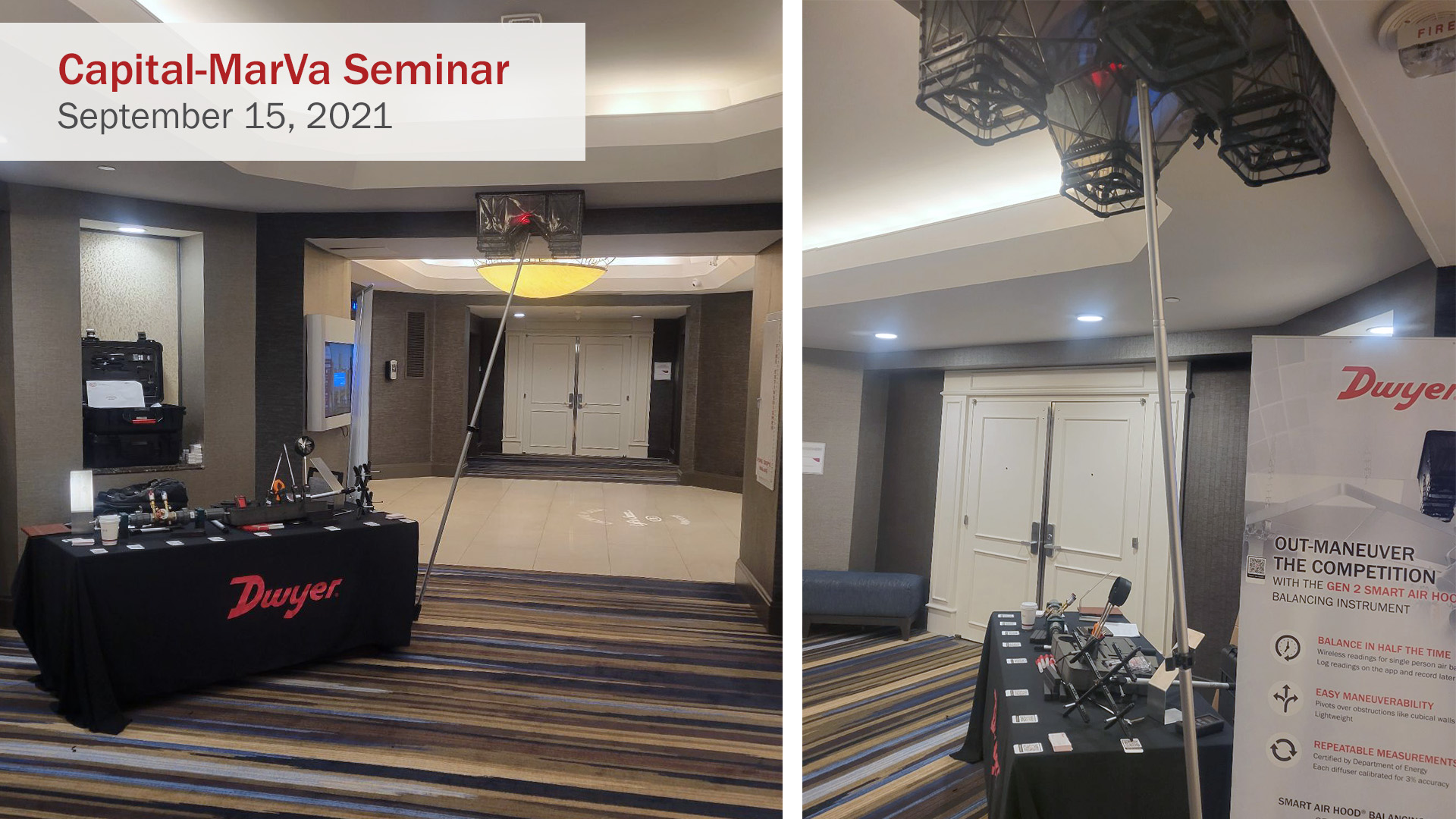
Today starts the Capital-MarVa Recertification Seminar in Annapolis, MD. Capital-MarVa is a chapter of the National Environmental Balancing Bureau (NEBB). Continue reading “Meet with Us at Capital-MarVa”
Protecting Lunar Samples from Contamination
For as long as humanity has been looking up at the sky, we’ve wondered what lay beyond the ground beneath our feet. When the astronauts of the Apollo 11 mission took their first steps in 1969, the world saw a future filled with spaceships and rockets. We dreamed of a lack of gravity, fueled by grainy images on a TV and the words of Neil Armstrong: “That’s one small step for a man, one giant leap for mankind.” The Apollo 17 mission in 1972 was the last trip to the moon for several decades.
Lunar science has become a thriving field of study which helps to define our knowledge of the formation of the universe. The lunar rock and soil samples gathered by Apollo astronauts are still studied to this day.
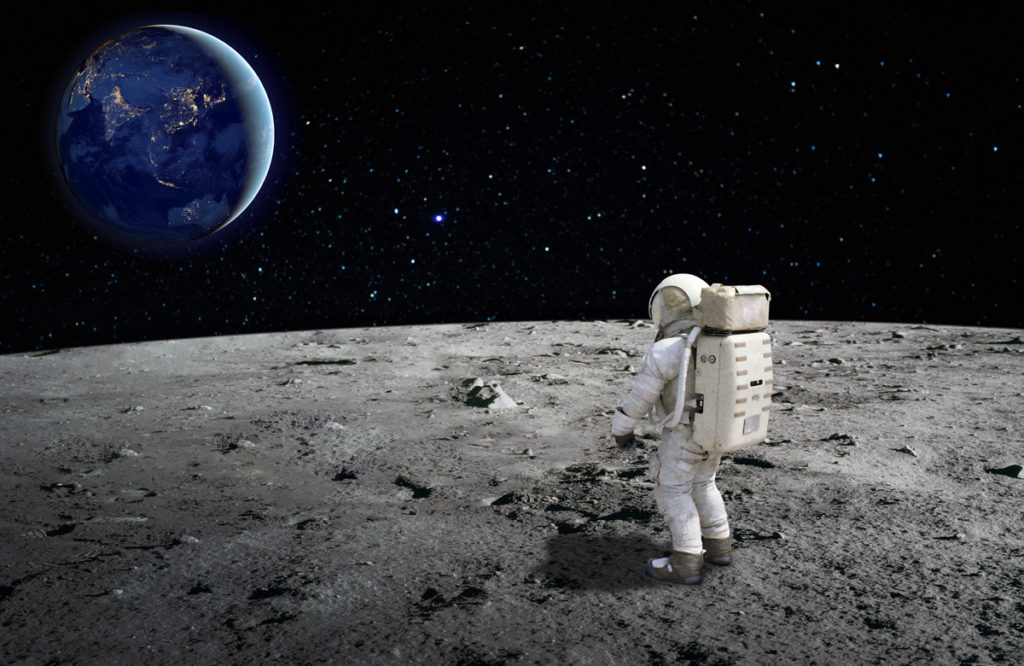 Continue reading “Protecting Lunar Samples from Contamination”
Continue reading “Protecting Lunar Samples from Contamination”
Monitoring Center Pivot Irrigation Systems
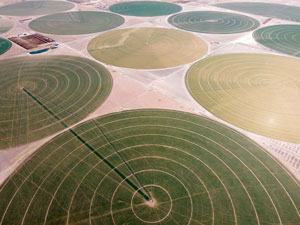 You arrive at a large field, small sprouts peeking out of the soil. At the center of the field lies a structure connected to a span of pipe from which sprinklers hang. Trusses brace and support its weight. From the air, this field would appear to be a perfectly circular patch of green.
You arrive at a large field, small sprouts peeking out of the soil. At the center of the field lies a structure connected to a span of pipe from which sprinklers hang. Trusses brace and support its weight. From the air, this field would appear to be a perfectly circular patch of green.
Center pivot irrigation systems are one of many ways to distribute water to crops. As its name suggests, this method involves rotating around a central pivot point. When the machine rotates, it releases water from the sprinklers and irrigates crops. (Agrivi.com) By using this system, farmers can ensure a uniform application of water across an entire field. Continue reading “Monitoring Center Pivot Irrigation Systems”


